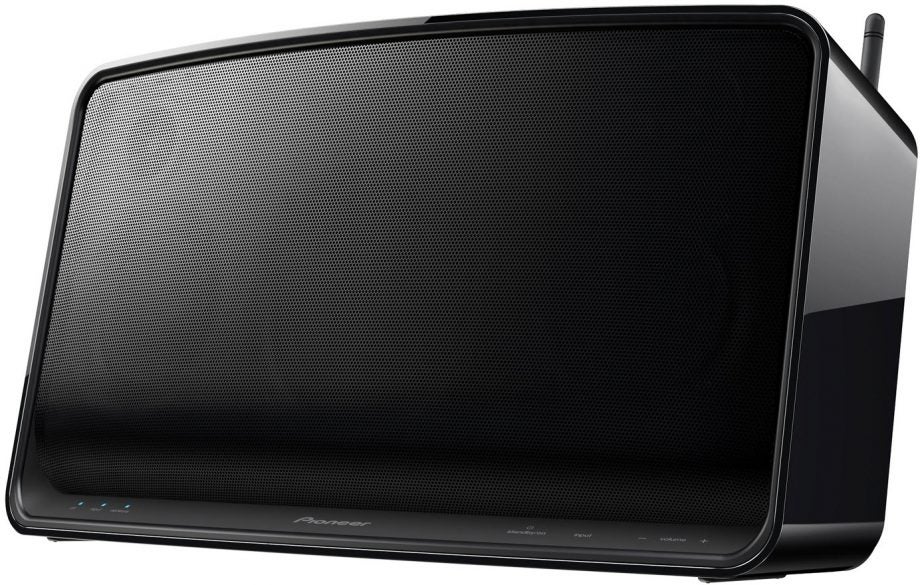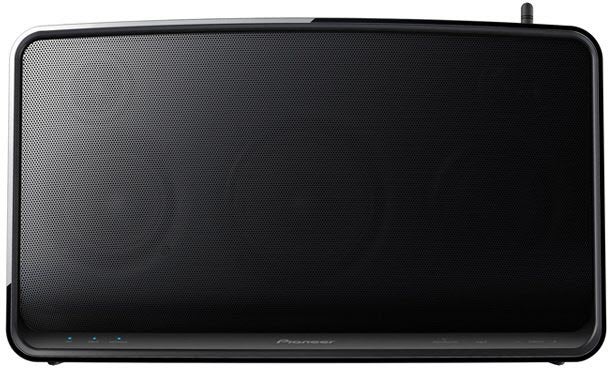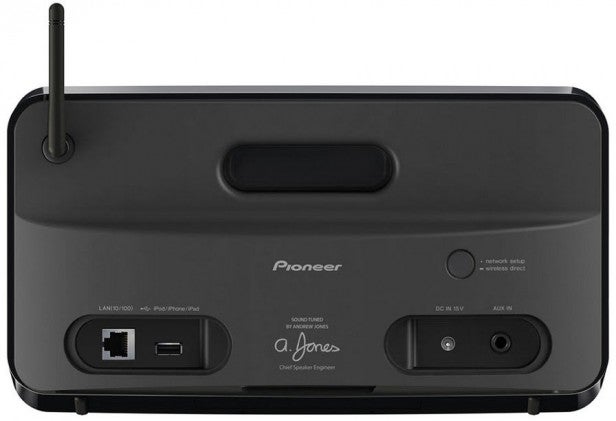Pioneer XW-SMA4 Review
Pioneer XW-SMA4
Pioneer's largest SMA speaker provides familiar pros and cons.

Sections
- Page 1 Pioneer XW-SMA4 Review
- Page 2 Performance, Value & Verdict Review
Verdict
Pros
- Class leading wireless options
- Thumping bass and midrange
- Relatively compact form factor
Cons
- Uninspired design and build materials
- Outmuscled by rivals
- Lack of detail in higher frequencies
Key Specifications
- Review Price: £299.99
- 360 x 210 x 169 mm, 3.8Kg
- 2x 3in drivers, 2x 1in tweeters, 4in sub
- AirPlay, WiFi Direct, HTC Connect, DLNA compatible
- Ethernet, powered USB and auxiliary inputs
Introduction
Earlier this month we took a look at the Pioneer SMA3 portable speaker. It featured the widest array of wireless connectivity options we have seen to date, but we felt audio performance was lacking. Step forward Pioneer with the SMA3’s bigger brother, the SMA4, which offers a significant upgrade in audio specifications but at nearly the same price tag. Wait… ”what?”
Pioneer XW-SMA4 – Design & Features
Like a family of Russian dolls there is no denying the SMA4’s connection to the smaller SMA3. Both feature virtually identical designs and use exactly the same build materials.
From a superficial perspective this is a mixed blessing because while the SMA3 doesn’t have a significant wow factor at 320 x 180 x 145 mm and just 2.5Kg it does blend neatly into a room. This is less true of the 360 x 210 x 169 mm, 3.8Kg SMA4 though its minimalist curved rectangular shape means it is still an unobtrusive addition. Less welcome is the same matt black plastic case construction on the sides and rear which is again something more apparent with its larger size. 
Happily where the SMA4 does score major brownie points is in maintaining the same class leading connectivity as the SMA3. Onboard is AirPlay, WiFi Direct and compatibility with DLNA and HTC Connect. Meanwhile at the rear is a powered USB port for quickly leeching AirPlay settings and charging devices, an Ethernet port for firmware updates and access to the vTuner Internet radio service and the compulsory 3.5mm auxiliary jack. Some will lament the lack of Bluetooth, but it is unnecessary as this selection accepts lossless streaming from virtually any mobile phone, tablet or laptop. We still pine for Miracast to unify all non-Apple devices, but it is unlikely to roll out in any scale until late in the year.
Pioneer XW-SMA4 – Performance
So far so similar, but where the SMA3 and SMA4 diverge other than bulk is in their core usage scenarios: the SMA3 is designed to be carried around and features an integrated battery while the SMA4 drops this in favour of greater audio grunt. 
So where the SMA3 is equipped with a rather lacklustre 2.0 arrangement in the shape of a 3in driver and dual 1in tweeters, the SMA4 packs two 3in drivers, 2x 1in tweeters and a 4in sub. Pioneer says the end result of this doubles the (RMS) total output power of the SMA3 giving the SMA4 40W. On paper this total remains a long way behind heavyweights like the 160W B&W Zeppelin Air and 140W Monitor Audio i-deck 200, though of course Watts are far from the be all and end all.
So how does the SMA4 sound? Quite frankly like an enlarged SMA3. There certainly is greater bass response, but it carries the same sound signature with a focus on low and midrange frequencies at the expense of the high range. This tuning is promoted as a major selling point that was developed from the ground up by Andrew Jones, Pioneer’s chief speaker engineer, and his signature is even inscribed on the back – it is currently a very popular approach.

